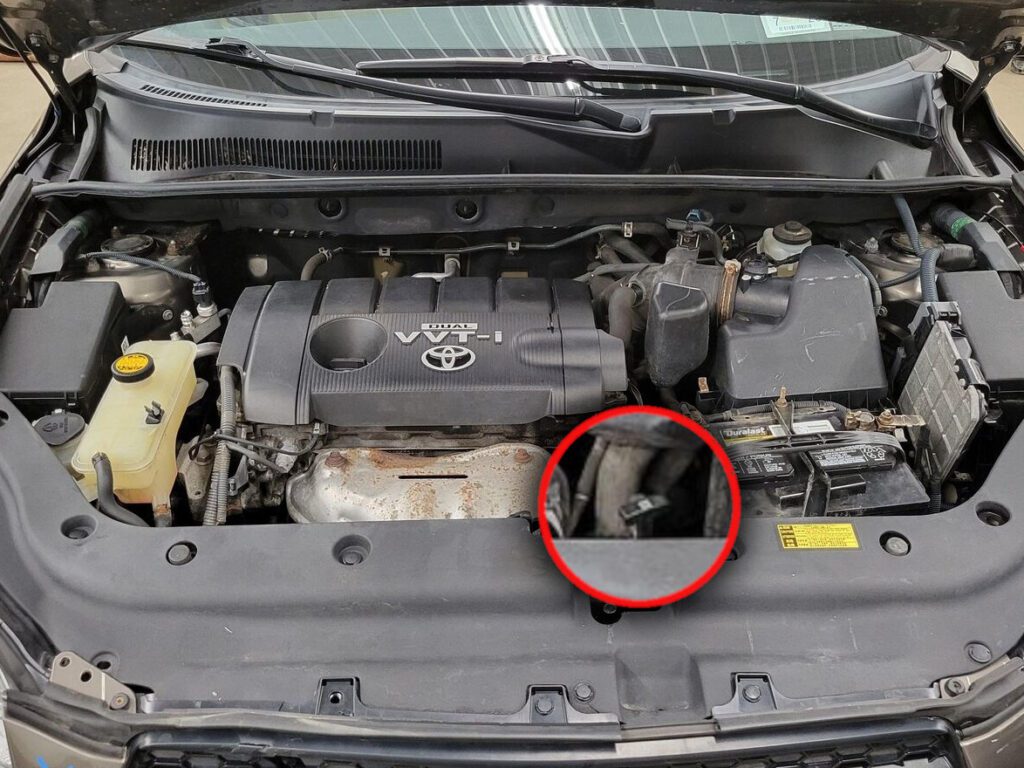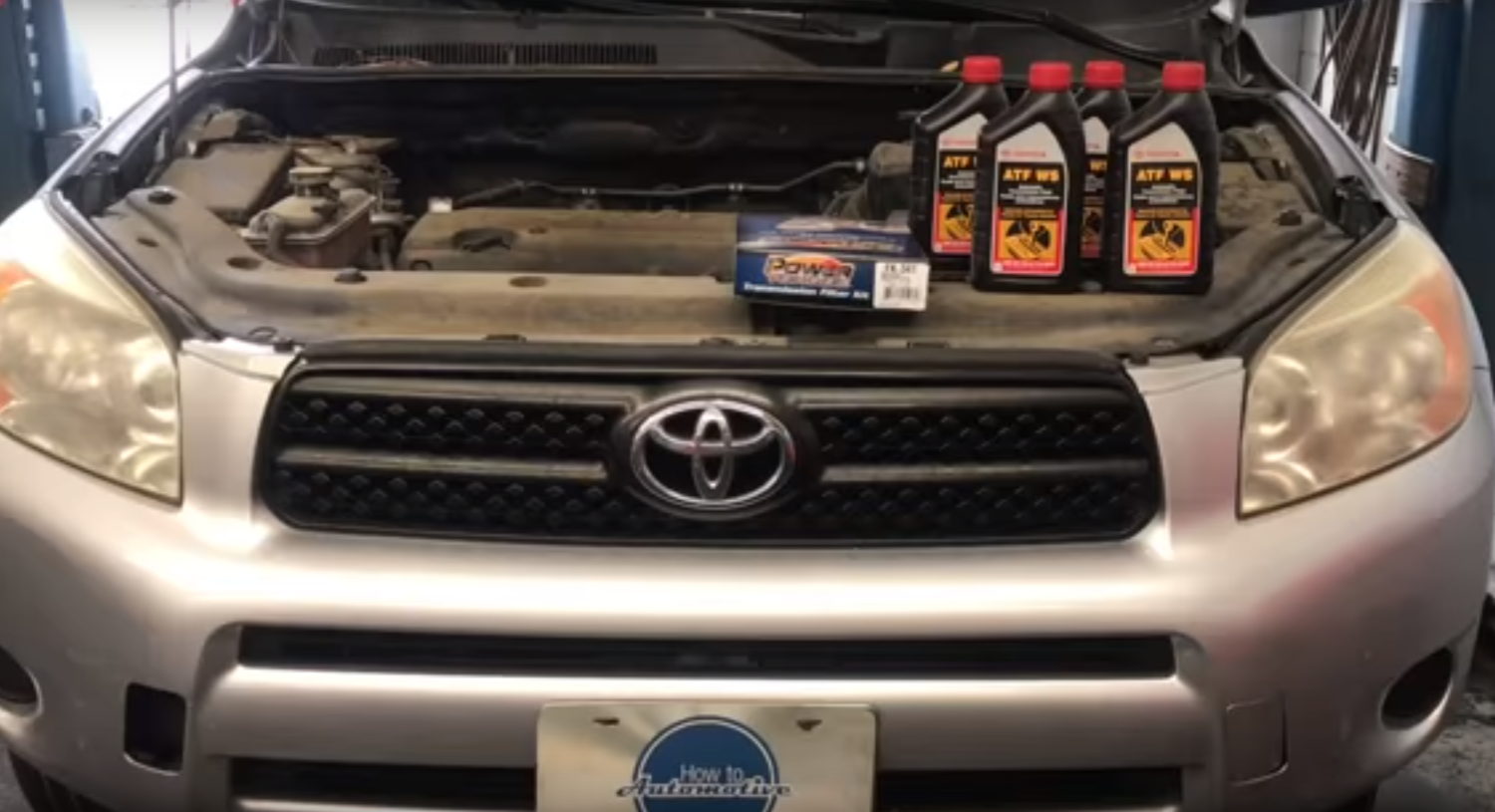2010 Toyota Rav4 Transmission Fluid Change

For owners of the 2010 Toyota RAV4, maintaining vehicle health is paramount. A critical aspect of that maintenance involves understanding the recommended procedures for transmission fluid changes.
This article delves into the specifics surrounding transmission fluid maintenance for this popular SUV, providing factual information drawn from official sources and expert recommendations to help owners make informed decisions.
Understanding Transmission Fluid in Your 2010 RAV4
The transmission fluid in a 2010 Toyota RAV4 serves a vital role. It lubricates the intricate network of gears, clutches, and other moving parts within the transmission system. This lubrication minimizes friction and wear, ensuring smooth gear shifts and optimal performance.
Furthermore, the fluid acts as a coolant, dissipating heat generated by the transmission's operation. It also helps to prevent corrosion and the buildup of deposits that can hinder performance.
When to Change Your Transmission Fluid
The question of when to change the transmission fluid in a 2010 RAV4 depends significantly on driving conditions and transmission type. Toyota typically recommends checking the fluid level and condition regularly, often as part of scheduled maintenance intervals.
However, the interval for a complete fluid change can vary. Many sources indicate that under normal driving conditions, a transmission fluid change is recommended every 60,000 to 100,000 miles.
Severe driving conditions, such as frequent towing, stop-and-go traffic, or driving in extreme temperatures, may necessitate more frequent changes, perhaps every 30,000 to 60,000 miles. Owners should consult their owner's manual for specific recommendations tailored to their vehicle and driving habits.
The Importance of Using the Right Fluid
Using the correct type of transmission fluid is crucial for the longevity and performance of the 2010 RAV4's transmission. Toyota vehicles often require specific fluids designed to meet their transmission's unique needs.
The owner's manual will specify the exact type of fluid required. Using an incorrect fluid can lead to damage, reduced performance, and potentially costly repairs.
"Always refer to your owner's manual or consult a qualified mechanic to ensure you are using the correct transmission fluid," advises a spokesperson from a reputable automotive service center.
DIY vs. Professional Service
Changing the transmission fluid can be done as a DIY project, but it requires a certain level of mechanical knowledge and the right tools. Improper execution can lead to problems, including leaks, incorrect fluid levels, and even damage to the transmission.
For those unfamiliar with automotive maintenance, seeking professional service from a qualified mechanic is highly recommended. A professional can ensure the fluid is changed correctly, the system is properly inspected, and any potential issues are identified early.
Professional service typically involves draining the old fluid, replacing the transmission filter (if applicable), and refilling the transmission with the correct amount of the specified fluid. The mechanic may also inspect for leaks and other potential problems.
Potential Impact of Neglecting Transmission Fluid Changes
Neglecting to change the transmission fluid at the recommended intervals can have serious consequences. Over time, the fluid degrades, losing its lubricating and cooling properties.
This can lead to increased friction and heat within the transmission, resulting in premature wear and tear on its components. In severe cases, neglected transmission fluid changes can cause transmission failure, requiring costly repairs or even replacement.
Regular transmission fluid changes, along with other routine maintenance, are essential for keeping a 2010 Toyota RAV4 running smoothly and reliably. Following the manufacturer's recommendations and addressing any transmission issues promptly can help extend the life of your vehicle and avoid expensive repairs down the road.


















